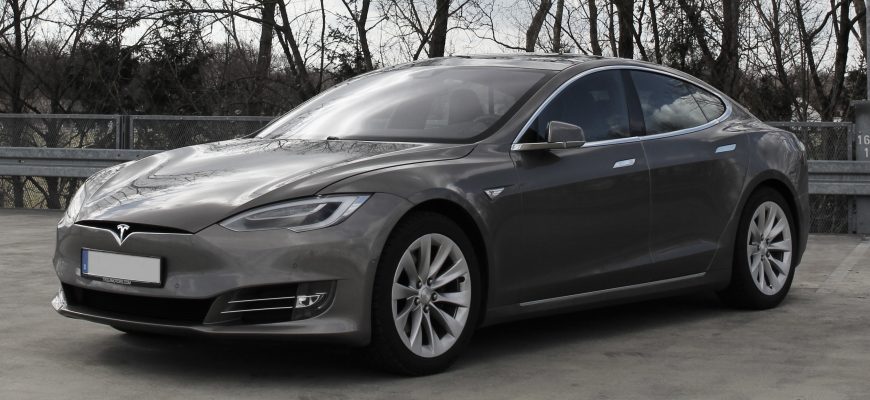The Tesla Model S, a pioneer in the world of electric vehicles, has captured the attention of auto enthusiasts and eco-conscious drivers alike․ One of the critical aspects often discussed in the context of performance, efficiency, and design is the weight of this remarkable vehicle․ But what does the weight of the Tesla Model S really mean for its performance and driving experience? Let’s delve into the details․
Understanding the Weight of the Tesla Model S
The Tesla Model S has a curb weight that typically ranges from 4,500 to 4,800 pounds (approximately 2,041 to 2,177 kg), depending on the specific model and configuration․ This weight is significantly influenced by several factors, including battery size, materials used in construction, and the overall design of the vehicle․
Battery Impact
One of the primary contributors to the weight of the Model S is its large battery pack․ Tesla vehicles are equipped with high-capacity lithium-ion batteries that provide the necessary range and performance․ The Model S battery is designed to be both powerful and efficient, but it does add considerable weight․ For instance, the battery alone can weigh upwards of 1,200 pounds (about 544 kg), which accounts for a substantial portion of the overall vehicle weight․
Material Choices
Tesla has strategically chosen materials to optimize weight while maintaining safety and performance․ The body of the Model S features a mix of aluminum and high-strength steel, which helps reduce weight without compromising structural integrity․ This design choice not only enhances performance but also improves the vehicle’s range by increasing efficiency․
How Weight Affects Performance
The weight of a vehicle can significantly impact its performance, handling, and efficiency․ In the case of the Model S, its weight has both advantages and disadvantages:
- Acceleration: The Model S is known for its impressive acceleration, achieving 0 to 60 mph in as little as 1․99 seconds in the Plaid model․ A heavier vehicle can sometimes benefit from better traction, which is crucial for rapid acceleration․
- Handling: While the weight provides stability, it can also make the vehicle less nimble in tight turns․ However, Tesla’s engineering, including a low center of gravity due to the battery placement, mitigates this effect․
- Efficiency: The weight affects range; heavier vehicles may consume more energy․ However, the Model S’s advanced aerodynamics and efficient electric drivetrain help counterbalance this disadvantage․
Real-World Implications
For potential buyers, understanding the weight of the Tesla Model S is crucial․ It affects everything from driving dynamics to energy consumption and overall ownership experience․ The weight contributes to the vehicle’s safety, providing a solid feel on the road while also affecting range and charging frequency․
As we move towards a more sustainable future, understanding the intricacies of vehicles like the Model S will be essential in making informed choices about our automotive options․










Great insights on battery impact and material choices. This makes me appreciate my Model S even more!
I love how the article explains the balance between battery weight and efficiency. Tesla truly is a game-changer!
The detailed breakdown of the Tesla Model S weight really opened my eyes to how it affects performance. Great insights!
I appreciate the thorough analysis of how weight affects acceleration and handling. Tesla continues to impress!
This article does a great job of highlighting the importance of weight in electric vehicles. Really informative!
Loved reading about the engineering behind the Model S. It’s fascinating how they manage weight for performance!
Fantastic read! The impact of materials on weight was particularly interesting. Tesla
This article perfectly captures what makes the Tesla Model S unique in terms of design and performance. Well done!